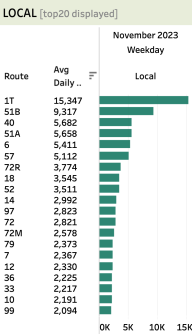Unfortunately, large and exotic-sounding transportation projects tend to get far more than their share of attention. As a result, large amounts of tax money are often squandered on huge projects instead of being used to advance smaller and more deserving projects.
Take the current situation in San Jose for instance. BATWG recently sent two letters to the Santa Clara Valley Transportation Authority’s (VTA’s) new BART Phase II Steering Committee encouraging it to consider all aspects of the BART Phase II program and indicating a number of important questions of long standing in need of straight answers. Here’s an update:
The last official cost of the VTA’s original twin bore tunneling option was $4.69 billion, as set forth in the DEIS released in March of 2017. Since the FEIS was released in 2018, the VTA’s cost of first the 43-foot single bore option and then the 54-foot single bore option has gone from $6.9 billion to $9.1 billion to the current $12.2 billion, an amount that is almost certain to continue to rise.
 If, as some believe, the twin bore tunnel option were to come in at $3 to $5 billion less than the five-story high single bore tunnel option, it would necessitate a careful and objective re-evaluation of the strengths and weaknesses of both options Unfortunately, in its habitually insular fashion, the VTA has never seen fit to release a definitive capital and operating cost breakdown of the two options. So at this point, no one knows for sure which option would be less troublesome. Current issues:
If, as some believe, the twin bore tunnel option were to come in at $3 to $5 billion less than the five-story high single bore tunnel option, it would necessitate a careful and objective re-evaluation of the strengths and weaknesses of both options Unfortunately, in its habitually insular fashion, the VTA has never seen fit to release a definitive capital and operating cost breakdown of the two options. So at this point, no one knows for sure which option would be less troublesome. Current issues:
- A bonafide cost comparison of the two, together with an updated evaluation of the pros and cons of each, particularly regarding subgrade and other financial risks, is therefore warranted at this time.


